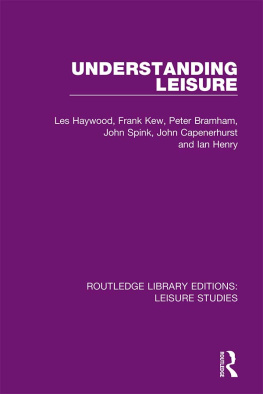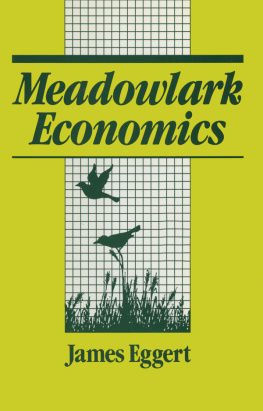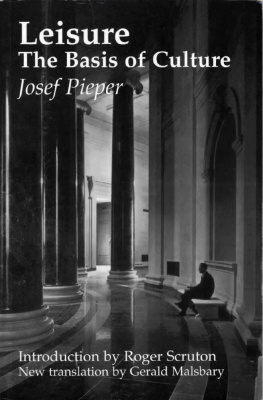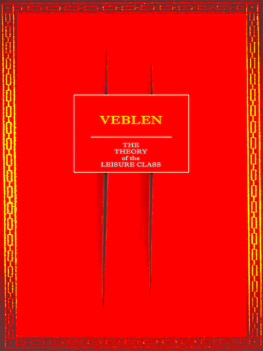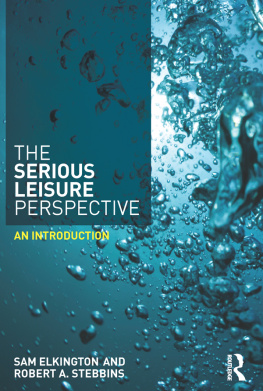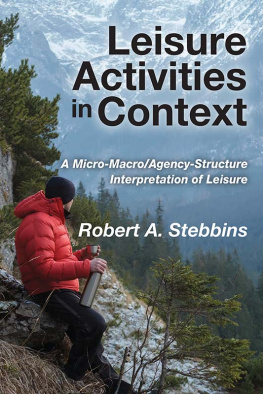Les Haywood - Understanding Leisure
Here you can read online Les Haywood - Understanding Leisure full text of the book (entire story) in english for free. Download pdf and epub, get meaning, cover and reviews about this ebook. year: 2019, publisher: Routledge, genre: Romance novel. Description of the work, (preface) as well as reviews are available. Best literature library LitArk.com created for fans of good reading and offers a wide selection of genres:
Romance novel
Science fiction
Adventure
Detective
Science
History
Home and family
Prose
Art
Politics
Computer
Non-fiction
Religion
Business
Children
Humor
Choose a favorite category and find really read worthwhile books. Enjoy immersion in the world of imagination, feel the emotions of the characters or learn something new for yourself, make an fascinating discovery.
- Book:Understanding Leisure
- Author:
- Publisher:Routledge
- Genre:
- Year:2019
- Rating:5 / 5
- Favourites:Add to favourites
- Your mark:
Understanding Leisure: summary, description and annotation
We offer to read an annotation, description, summary or preface (depends on what the author of the book "Understanding Leisure" wrote himself). If you haven't found the necessary information about the book — write in the comments, we will try to find it.
First published in 1989. Understanding Leisure is a readable introductory analysis of the key elements in the study of leisure. This includes leisure concepts and dimensions of leisure, its activity forms, participants, provision, and leisure futures, leisure and social theory. A collaborative work of six authors, Understanding Leisure is a textbook which introduces the reader to the interrelated dimensions of leisure in contemporary society and aims to provide them with guidelines for further study. Exercises and discussion topics are included at the end of each chapter to enable the reader to apply general theory to particular examples. The text contains seven chapters covering all aspects of the study of leisure. Starting with a critical evaluation of different concepts of leisure it progresses through an analysis of the relationship between leisure both to play and work and the diverse forms of leisure such as recreation, hobbies, crafts and education. There then follows a perspective on leisure participation, an analysis of the spatial dimensions of leisure and how relative land values can affect access to leisure. The historical context of leisure provision and the changing relationship between public and private sector is then examined which provides insights into the future of leisure, based on forecasts and theories of social change. The book ends with a discussion of how contemporary social theory contributes to an understanding of leisure.
Understanding Leisure will be valuable reading for undergraduate degree courses in Leisure Studies. It will also be useful background reading for post graduate study in Leisure and Recreational Management and Tourism as well as for leisure professionals in both the commercial and public sectors.
Les Haywood: author's other books
Who wrote Understanding Leisure? Find out the surname, the name of the author of the book and a list of all author's works by series.

